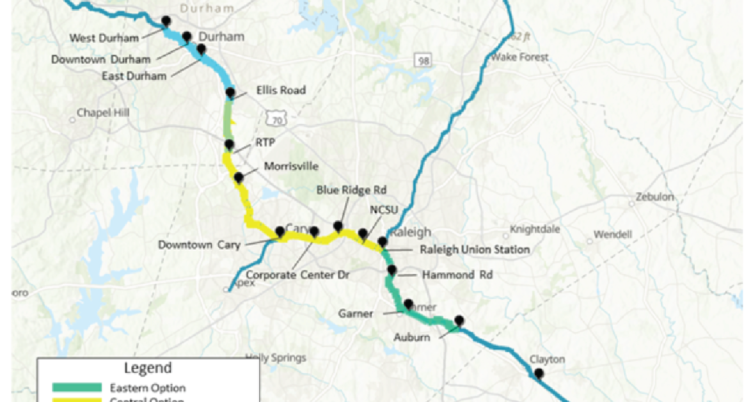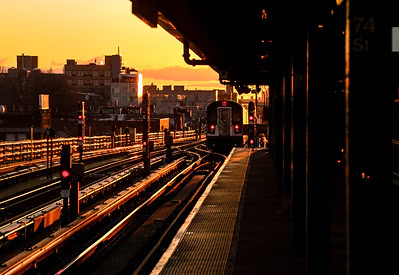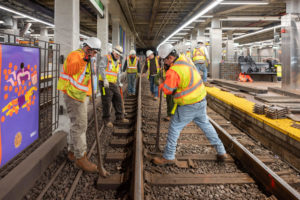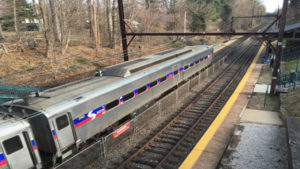GoTriangle Commuter Rail Study Outlines Service Along Existing NCRR Corridor
Written by Kyra Senese, Managing Editor
North Carolina’s regional GoTriangle transportation service released the findings of a commuter rail feasibility study on Jan. 4 and is looking for feedback on the options for future commuter rail service identified in the report.
GoTriangle, which provides regional service to the Research Triangle region of North Carolina in Wake, Durham, and Orange counties, is launching a public feedback campaign on the Greater Triangle Commuter Rail Feasibility study. The feedback phase will include online surveys, community meetings, and public forums in the system’s planned operating areas of Durham, Cary, Raleigh, and Clayton.
The proposed Greater Triangle Commuter Rail would help provide congestion-free transportation to a region that is expected to grow by more than a million people and 1 million cars over the next three decades, GoTriangle said in a release.
Passenger service would be provided at 15 stations along approximately 43 miles of existing North Carolina Railroad corridor between West Durham and Clayton. According to the study, the proposed corridor is well positioned to serve affordable housing, future land use, and travel markets.
“I want to congratulate our staff, transit partners, Triangle J Council of Government and our consultants on a job well done,” said GoTriangle President and CEO Charles Lattuca. “The strategic thinking, planning, engineering and financial analysis, public outreach and coordination with our partners was outstanding and gives our elected leaders the information they need to make decisions about our transit future.”
The cost of constructing a new commuter rail system to serve the region is difficult to predict, GoTriangle said, but officials estimate costs could reach $3.2 billion in the year of expenditure.
A robust commuter rail system could provide 12,000 to 18,000 trips per day, alleviating some of the anticipated traffic congestion with the expected local population growth.
Significant new rail infrastructure investment will be necessary to support the capacity required for commuter, freight, and intercity passenger service, as well as to avoid conflicts with passenger and freight trains already operating in the corridor, GoTriangle said.
Due to the high cost and technical challenges of delivering the entire project at once, the study considered phases for staged implementation in the corridor’s eastern, central, and western sections.
The western phase of implementation faces the most considerable construction challenges of the three phases, including higher costs and a longer implementation time frame, according to GoTriangle. Because of the difficulties involved, the western phase is being considered for a later stage of implementation.
The next step in determining the implementation stages is obtaining input on which portion of the project should be considered as the first segment built. Following the selection of an initial phase, the second phase will be planned. The second phase is scheduled to begin operations approximately five years after the first phase.
The feasibility study and survey are available here.





